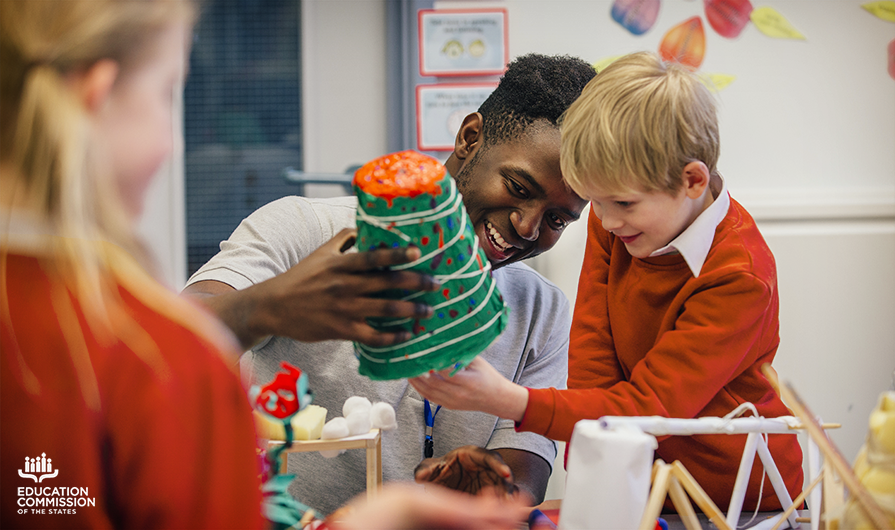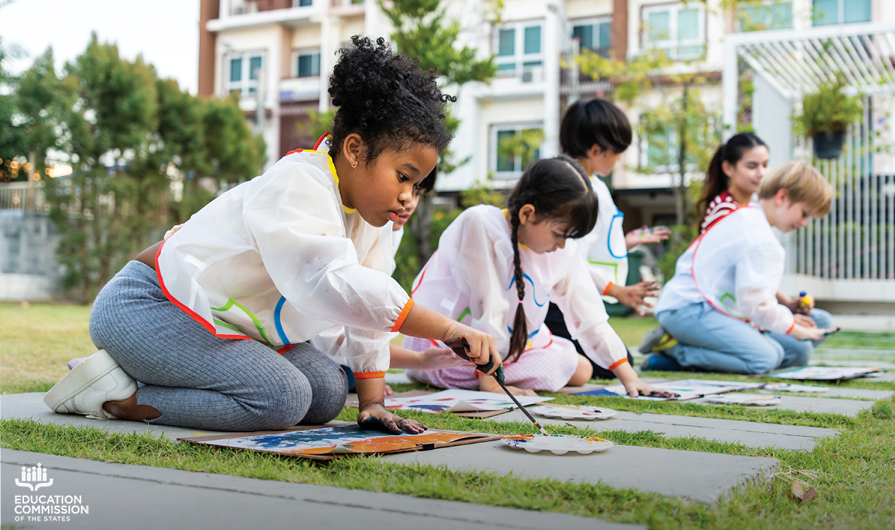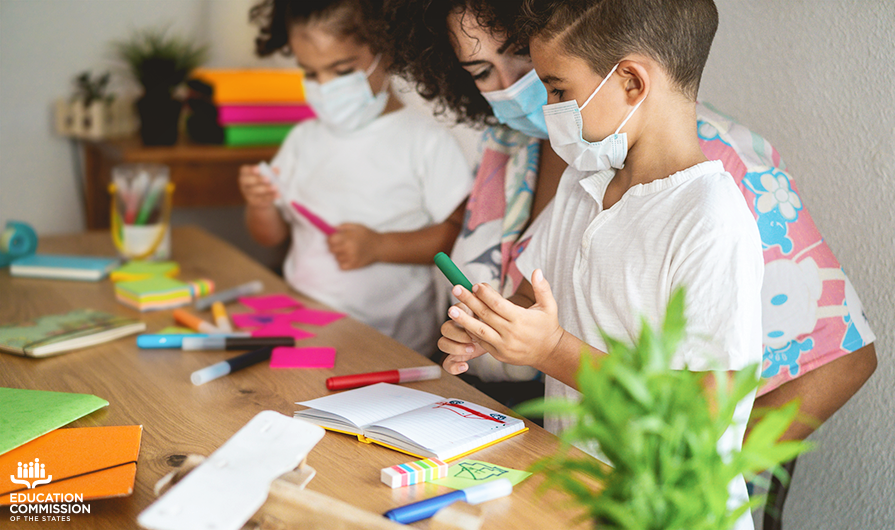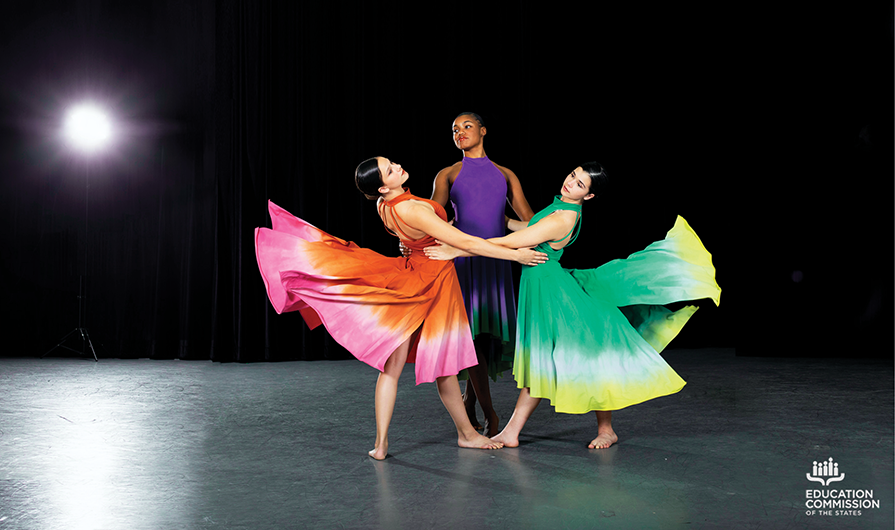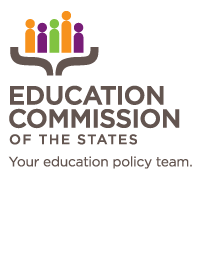The 2020 AEP Virtual Gathering may feel like it happened years ago, but it’s only been three months! At this year’s gathering we reflected on the past 25 years and looked ahead to the next 25. We also considered drivers of change in arts education policy and practice as we continue to navigate uncertainty and unrest. As this year ends, we are reflecting on the great ideas shared at the event and looking forward to the work that will lead arts education policy and practice into 2021.
Racial Equity and Justice:
In 2020, conversations about the COVID-19 pandemic’s disproportionate impact on communities of color, as well as sustained public attention on police violence and systemic racism, spotlighted equity work in policy.
Quanice Floyd, Amir Whitaker and Jeff Poulin’s session presented ideas about who arts education is for, who serves as a gatekeeper in arts education spaces and how human rights issues are reflected — or not — in arts education.
Janel George’s keynote provided a reminder of how far we’ve come in federal education policy and how far we still need to go in both policy and implementation. She reminded us that we are still striving for an education system where children thrive.
James Haywood Rolling Jr. and Mario Rossero spoke about why racial injustice has moved into greater public consciousness as we navigate the pandemic. Rolling also shared some of the work he has done to support anti-racist arts education practices. We anticipate these conversations will drive policy change well beyond 2020.
Uniting and Healing Through the Arts:
With the shift to remote learning and the resulting isolation for both children and adults, the role of the arts in uniting and healing are anticipated to remain top of mind for districts and states.
Heleya de Barros, Olisa Enrico and James Miles presented a session on strategies for improving pedagogy and connecting with learners. Ashley Hare, Paula Ortega and Micky Johnson built on these strategies and highlighted three concepts that must be present to promote creative youth development: racial equity and social justice, youth voices and collective action.
In his keynote presentation, Paul Siefken shared the work of Fred Rogers Productions, focusing on modeling attitudes of curiosity and kindness. He emphasized that families, teachers and community members are all educators and listening first is how they can best support children’s emotional well-being.
Through a panel discussion, Susan MacLaury, Gina Lyles, Andre Robert Lee and Hasan Davis spoke to the importance of sharing power with students, schools and communities to build greater collaboration and creative approaches to education. Reflecting on the film Virtually Free, Lee and Lyles described the importance of building trust between youth and artists, manifested through the process of creating a virtual reality jail cell including youth voices and artwork to foster empathy during police trainings in Richmond, Virginia.
These themes of honoring young people’s experiences, listening to communities and trust building will remain central to arts education and policy throughout 2021.
Funding Opportunities:
Mary Luehrsen, Jim Palmarini and Lynn Tuttle presented a session on Title IV-A, a federal block funding grant for well-rounded education, safe and healthy students, and educational technology. Prior to widespread shutdowns and the financial downturn, school districts spent at least $6.7 million in Title IV-A funds to support arts education during the 2019-20 school year. The shift to online and hybrid learning prompted school districts to shift funding to educational technology, and the presenters reminded us that school districts can continue to tap into Title IV-A funds to support safe remote, hybrid and in-person arts instruction.
Karla Estela Rivera, Jason Helfer and Jonathan VanderBrug shared a case study on the Illinois state arts ESSA indicator. The indicator serves as a statement that Illinois prioritizes arts education, and presenters shared that they see it as an opportunity for advocacy as funding tightens and school districts make decisions about spending limited funds.
While we can’t predict what the next year — or 25 years — will bring in arts education, we do know that AEP’s partner and affiliate organizations will lead the way in making progress. In 2021, AEP will continue to build leadership capacity and share the collective expertise of our partners on racial equity and justice, uniting and healing through the arts, and funding opportunities for arts education.

